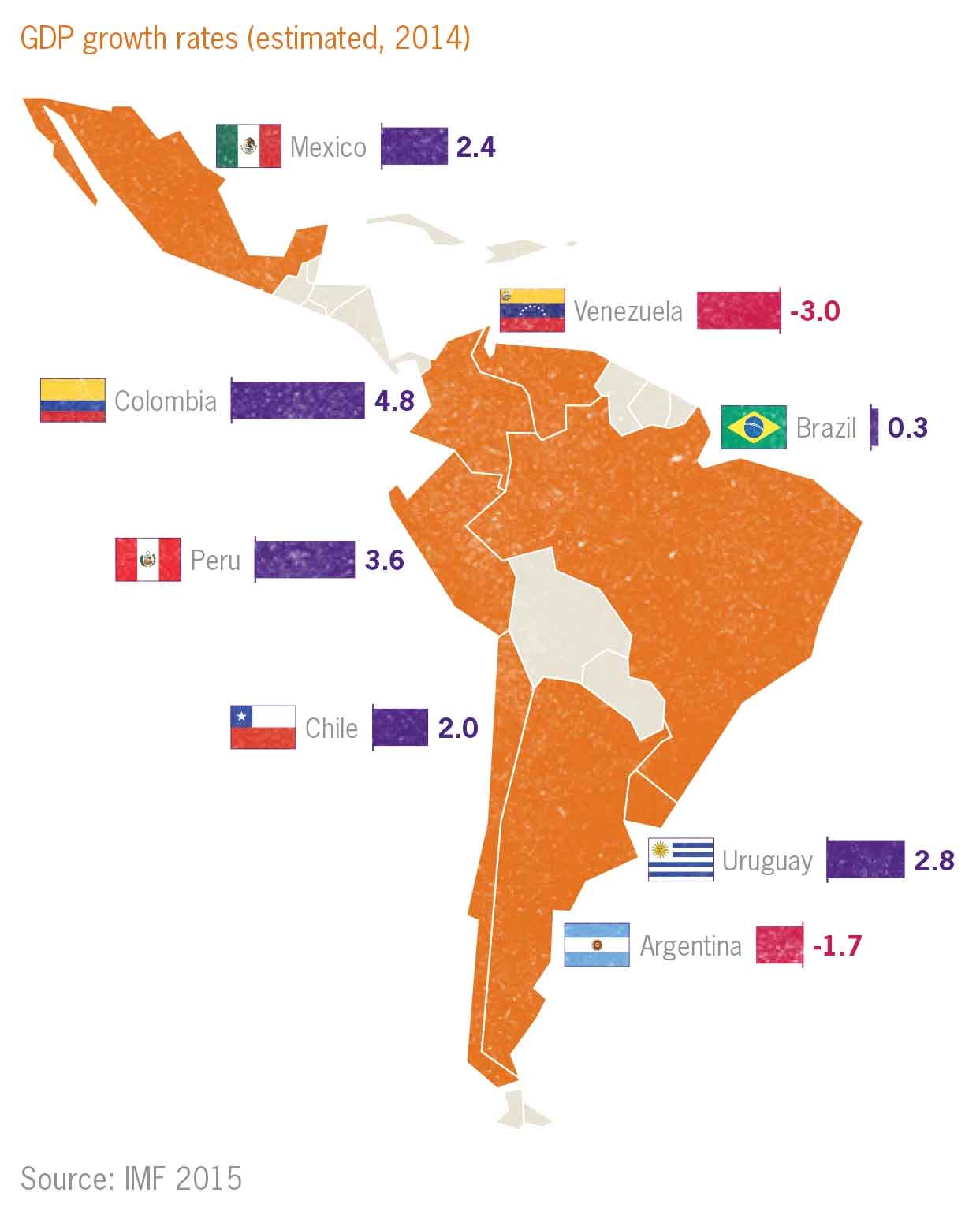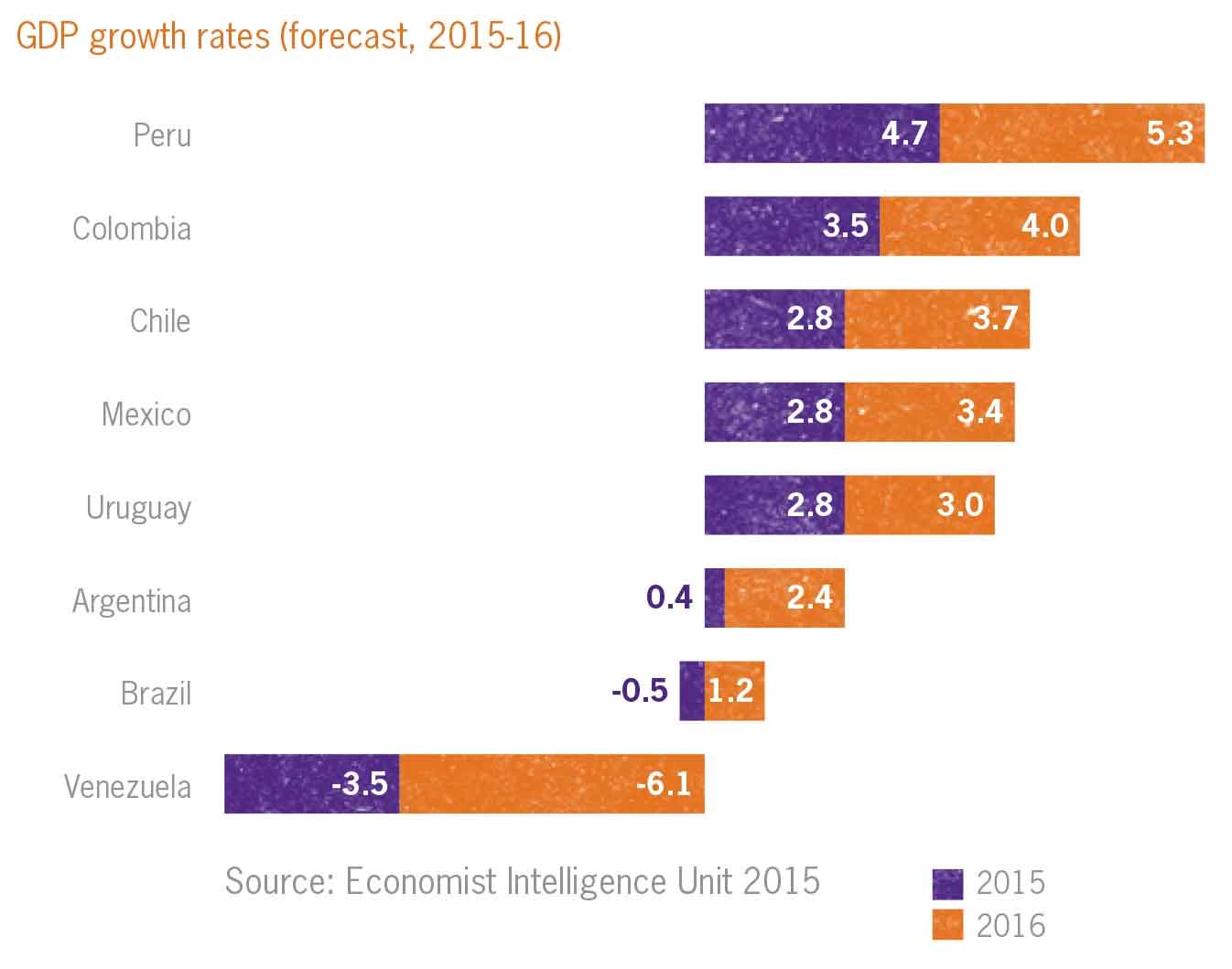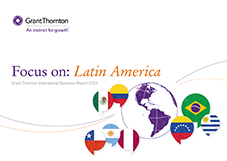-
Auditoría de estados financieros
Servicio de Auditoría de estados financieros realizado por la firma contable mexicana Salles Sainz Grant Thornton.
-
Dictamen fiscal
Nuestra gente está comprometida a ofrecer los más altos estándares de excelencia, con integridad, amplios conocimientos técnicos y experiencia comercial.
-
Normas Internacionales de Información Financiera
Ayudamos a nuestros clientes en el proceso de adopción de las Normas Internacionales de Información Financiera.

-
Consultoría y asesoría fiscal
Encontramos las mejores herramientas dentro de las diversas disposiciones fiscales
-
Seguridad social y contribuciones locales
Seguridad social y contribuciones locales
-
Consultoría Fiscal Internacional
Consultoría Fiscal Internacional

-
Prevención y detección de lavado de dinero y prácticas anticorrupción
Prevención y detección de lavado de dinero y prácticas anticorrupción. El Lavado de Dinero es un proceso especializado y con frecuencia complejo de identificar
-
Consultoría de negocios
Comprendemos su organización para ofrecer soluciones que impulsen su negocio orientado a los resultados
-
Tecnología de la información
Basamos nuestra filosofía de trabajo en el conocimiento de negocio de nuestros clientes, atención personalizada y de alta calidad en nuestros servicios.
-
Generador de avisos para actividades vulnerables
Enfocamos esfuerzo y concentración en análisis profundo y decisiones respecto a operaciones sospechosas y a un adecuado cumplimiento de la Ley
-
Consultoría de riesgo
Las empresas de todo el mundo se enfrentan a constantes desafíos en su intento de navegar por la amplia gama de riesgos en complejos mercados globales
-
Consultoría Forense
En tiempos definidos por la incertidumbre y las amenazas a las organizaciones, los profesionales forenses de Grant Thornton han apuntado soluciones para retos difíciles
-
Recuperación y reorganización
Nos centramos en la identificación y resolución de problemas que afectan a la rentabilidad, la protección de valor de la empresa y su recuperación
-
Consultoría Transaccional
Podemos ayudarle a entender los detonantes de valor detrás de transacciones exitosas
-
Prevención y detección de lavado de dinero y prácticas anticorrupción
Certificados por la CNBV en materia de prevención de operaciones con recursos de procedencia ilícita y financiamiento al terrorismo
-
Auditoría Interna
Todas las organizaciones administran el riesgo basándose principalmente en el control interno para ayudar a minimizarlo
-
Auditoría de Cumplimiento al Sistema de Pagos Interbancarios en Dólares (SPID)
Contamos con procedimientos y una metodología para ayudar a las empresas del sector financiero a cumplir con las reglas y procesos operativos
-
Implementación de COUPA – Compras y Gastos
Le proporcionamos una única solución integrada desde compras hasta gastos
-
Servicios para Empresas Familiares
Nuestro equipo está preparado para ayudar a las empresas familiares a crear su protocolo familiar, teniendo experiencia amplia con numerosas familias mexicanas en diferentes estados de la República.
-
Gobierno Corporativo
Salles, Sainz – Grant Thornton, S.C. tiene amplia experiencia en la prestación de servicios de Gobierno Corporativo, basando su filosofía de trabajo en las mejores practicas corporativas, el conocimiento del negocio de nuestros clientes, atención personalizada y de alta calidad en nuestros servicios.
-
Organización, Cultura y Gente
En Salles, Sainz – Grant Thornton, S.C. apoyamos a nuestros clientes a definir y desarrollar sus funciones de capital humano minimizando los riesgos existentes y considerando las dimensiones cambiantes de la fuerza de trabajo.
-
Consultoría de tecnología de la información
Salles Sainz Grant Thornton, S.C. tiene amplia experiencia en Consultoría de Tecnología de Información (TI), basando su filosofía de trabajo en el conocimiento de negocio de nuestros clientes, atención personalizada y de alta calidad en nuestros servicios.
-
Auditoría de Cumplimiento al Sistema de Pagos Interbancarios en Dólares (SPID)
El área de Business Advisory Services presta servicios de consultoría integral en diversas materias como TI, operativa, ISO, entre muchos otros, lo cual nos ha permitido tener una experiencia sólida en diversos sectores incluyendo el financiero.
-
Implementación de COUPA - Compras y Gastos
En Salles Sainz Grant Thornton, S.C., entendemos cuales son los elementos que requieren las organizaciones para afrontar los retos que demanda una administración eficiente de compras y gastos y cómo podemos ayudarle a la mejora de la gestión de las compras y gastos
-
Administración de riesgos
El área de Business Advisory Services de Salles, Sainz – Grant Thornton, S.C. apoya a las organizaciones en la conexión del pensamiento de riesgo con su negocio u objetivos estratégicos, así como la actividad de gestión cotidiana.
-
Valuaciones, fusiones y adquisiciones
El área de Business Advisory Services de Salles, Sainz – Grant Thornton, S.C. ayudamos a nuestros clientes a navegar transacciones complejas - ya sea comprando o vendiendo - con velocidad y agilidad, desde el diseño de la estrategia de la transacción hasta el desarrollo del due diligence y la integración de un nuevo negocio o la separación de una entidad, apoyamos a nuestros clientes a aprovechar oportunidades, resolver problemas y administrar riesgos para liberar su potencial de crecimiento.
-
Control Interno
En Salles, Sainz – Grant Thornton, S.C. trabajamos con entidades de diversos tamaños y sectores. Optimizamos los esfuerzos para alcanzar sus objetivos con la aplicación de los estándares y metodologías más elevadas de Control Interno, Administración y Gestión de Riesgos.
-
Investigaciones Forenses y Disputas
Combinando técnicas y habilidades de investigación avanzadas, métodos de tecnología forense y un amplio conocimiento de la industria, Salles, Sainz – Grant Thornton, S.C. cuenta con profesionales especializados que ayudan a nuestros clientes y sus consejeros legales investigando las acusaciones de fraude y a responder ante los accionistas y autoridades.

-
Contraloría externa
Factor clave en su estrategia de administración de negocios, ya que es una herramienta efectiva que potencia los beneficios de la pequeña y mediana empresa
-
Capital Humano
Proveemos soluciones para su empresa para encontrar y retener el talento en ella.

Region divided between outward-looking Pacific economies and inward-looking counterparts on Atlantic side
The end of the commodity supercycle has had a profound effect on Latin America. For a decade or more, regional economies grew principally by selling their primary commodities to China and other rapidly developing markets in Asia. The financial crisis saw economies across Latin America stall – and even contract sharply in the case of Mexico due to its close economic ties with the United States – but the recovery was swift with the region posting some of the fastest growth rates in the world. In 2010, Brazil grew by 7.5% in 2010, Peru and Uruguay by 8.4% and Argentina by 9.1%.

However 2010 proved to be something of a highpoint for the region with developments since markedly less encouraging, especially in the more inward-looking Atlantic economies, such as Argentina, Brazil and Venezuela. In 2014, Argentina, which defaulted on a sovereign debt repayment and remains gripped by political protest and investment inertia ahead of the elections later this year, contracted by an estimated 1.7%. Venezuela, where the fall in the oil price has cut a gaping hole in the government budget even as businesses and consumers struggle with exchange and price controls, fared even worse, shrinking by an estimated 3.0%.
Brazil, which accounts for around 40% of regional output also had a tough 2014. Despite hosting a relatively successful FIFA World Cup (off the pitch, at least) the economy grew by just 0.3% in 2014 and while Dilma Rousseff was re-elected, she gained only 51.6% of the vote, the tightest victory in electoral history, and lost heavily in the most productive states such as Sao Paulo. If each Brazilian state was weighted by GDP (as opposed to population), her challenger, Aécio Neves would have taken 53% of the vote.

Latin America’s Pacific economies fared better in 2014, although they too suffered from the regional slowdown. Mexico has embarked on an ambitious raft of reforms with the aim of opening sectors such as education, energy and telecoms up to further competition. The economy grew by just 2.4% in 2014 but the hope is that the reform programme will raise long-term growth potential. Chile (2.0%) and Peru (3.6%) saw growth slip in 2014 due to the slide in global copper and gold prices driven by slowing demand from China. Growth rates in Colombia (4.8%) continue to impress and government talks with the FARC guerrilla group appear to be progressing well.
Tellingly, the Pacific economies have made greater strides towards embracing globalisation. Not only have Chile, Peru, Colombia, and Mexico formed the Alianza del Pacífico (the Pacific Alliance), a trade bloc that seeks to advance economic integration, free trade and free markets, but they (excluding Colombia) are also involved in ongoing negotiations regarding the Trans Pacific Partnership (TPP). Mexico alone has 11 free trade agreements covering 43 economies.


